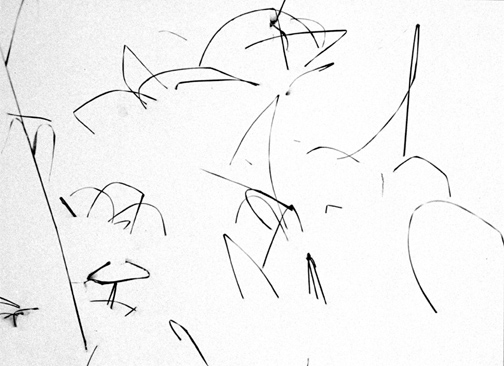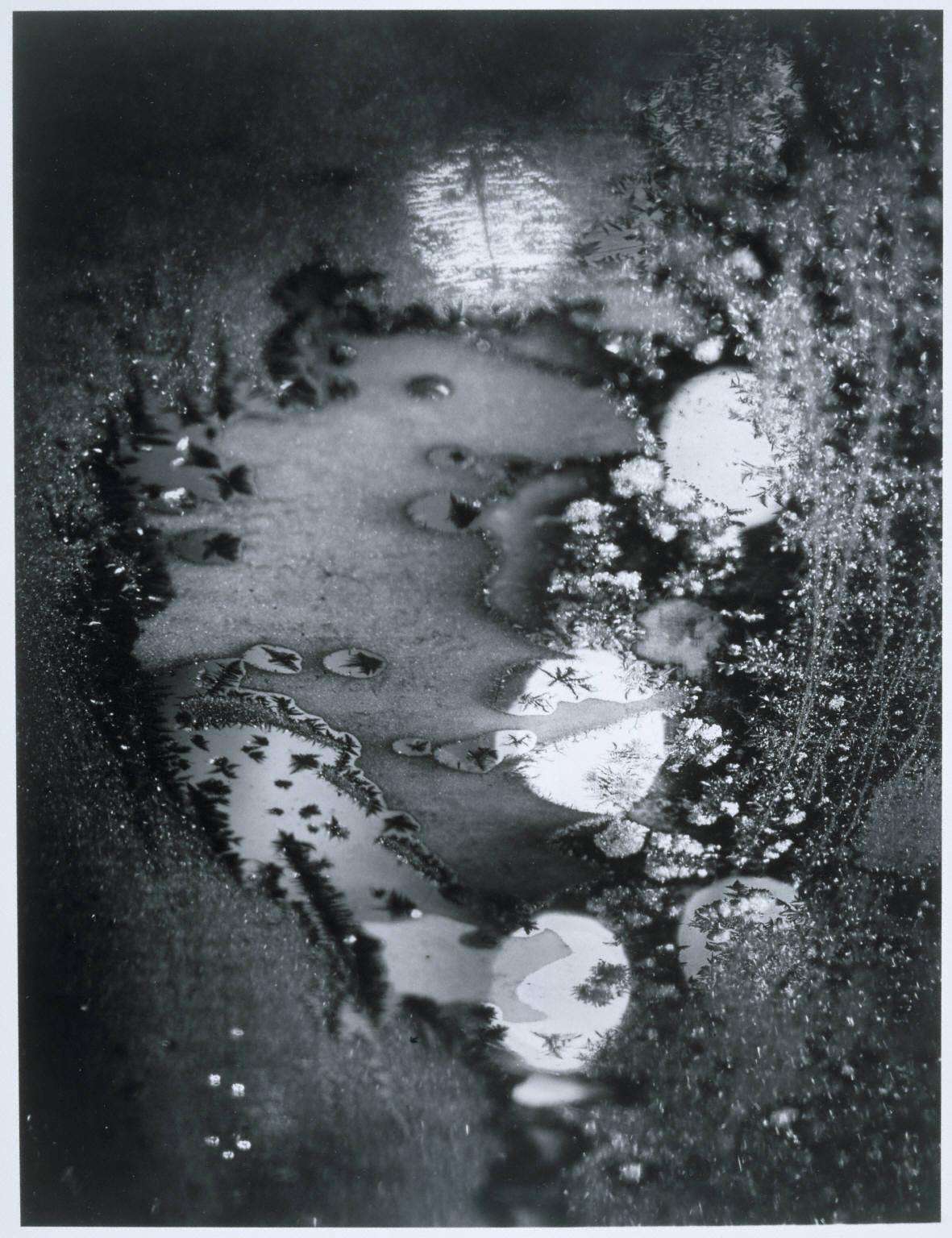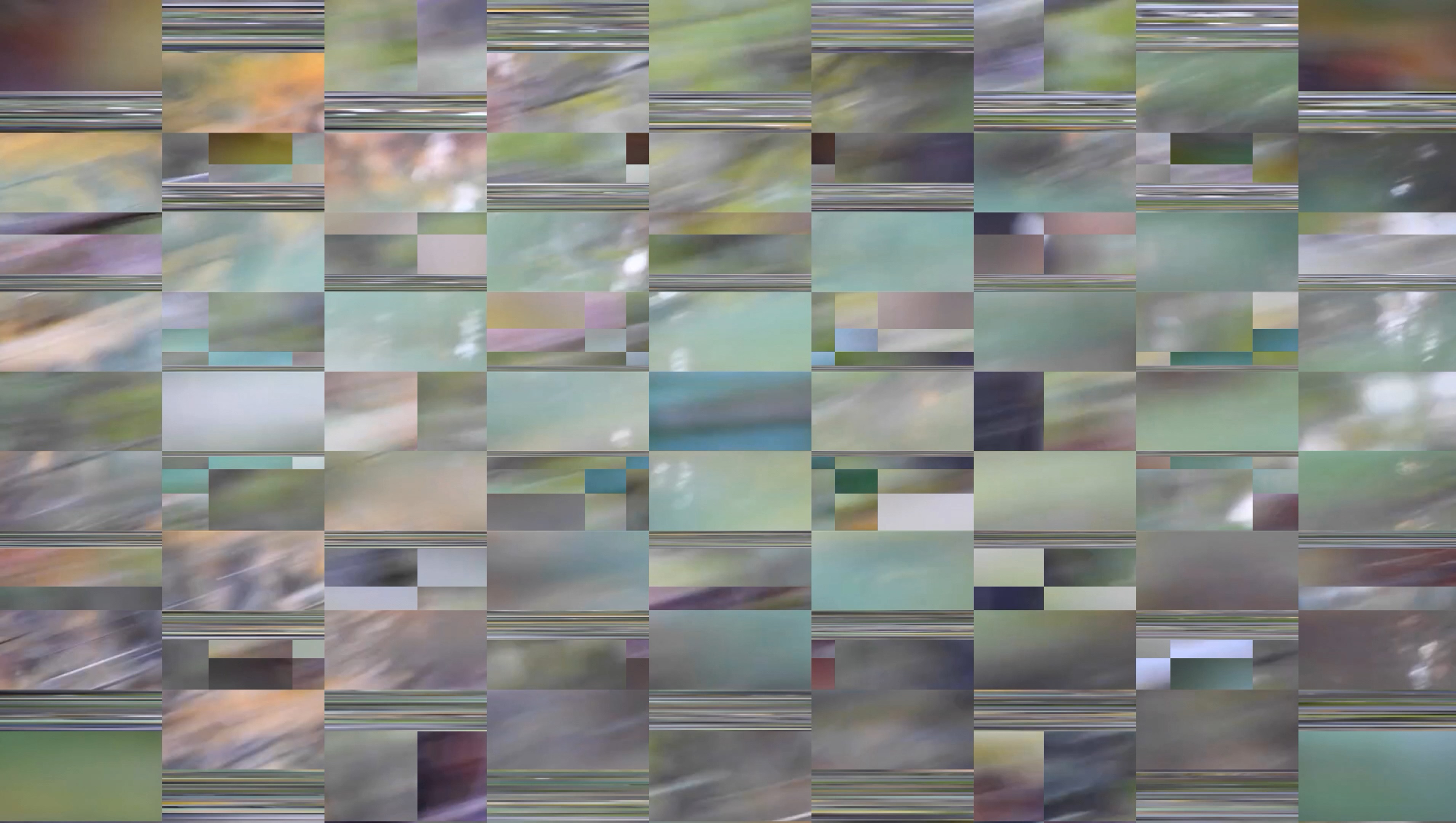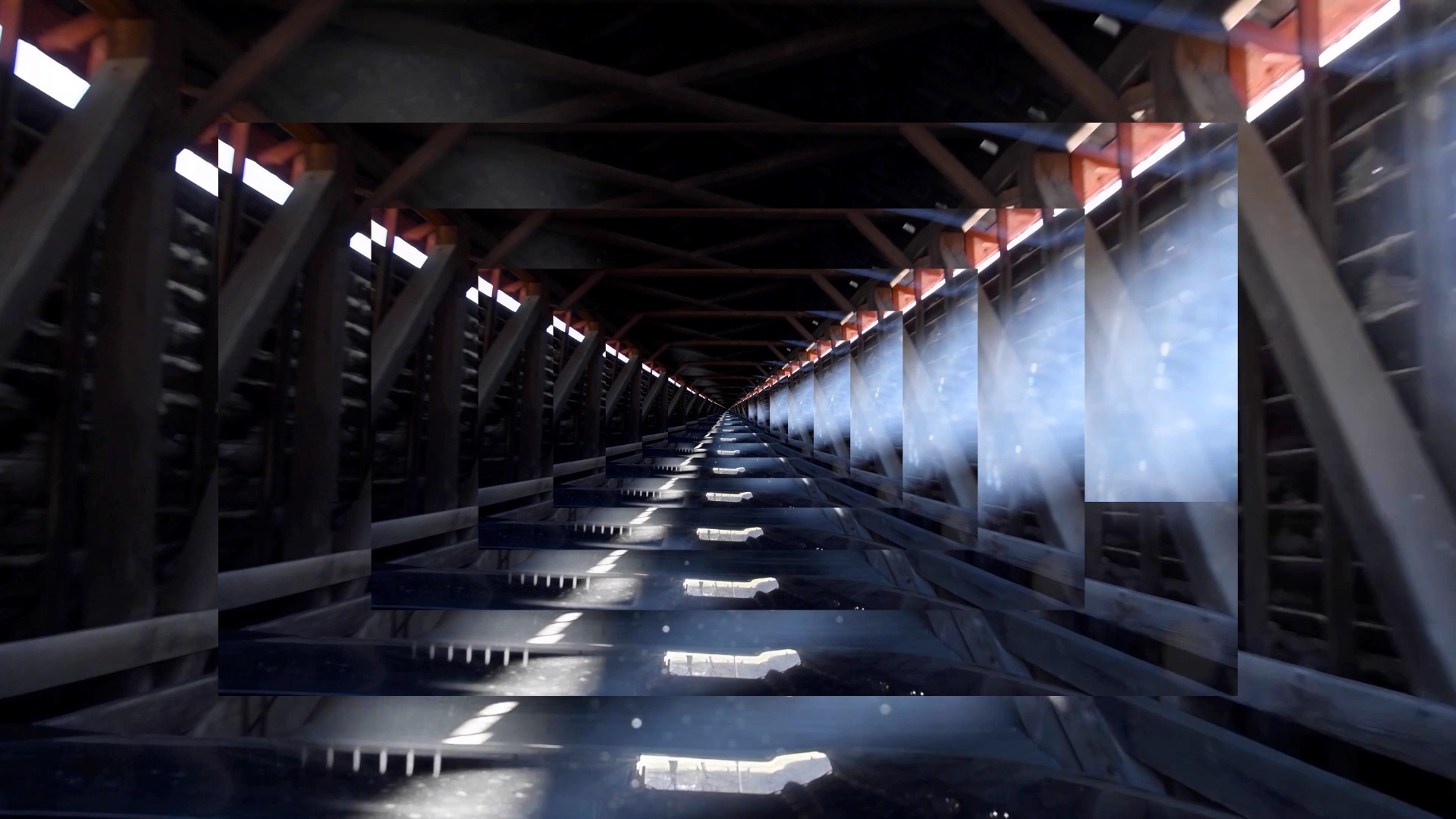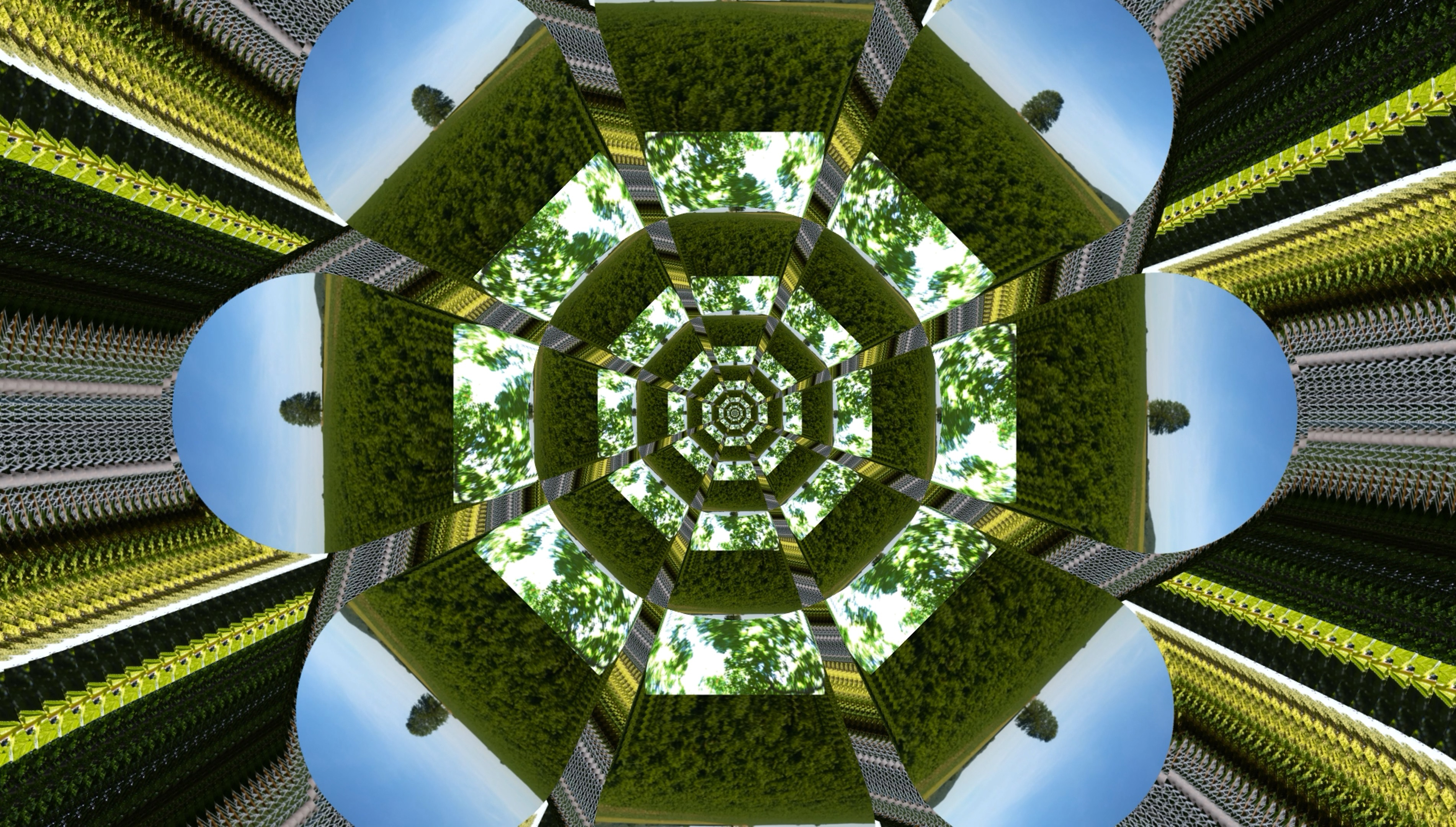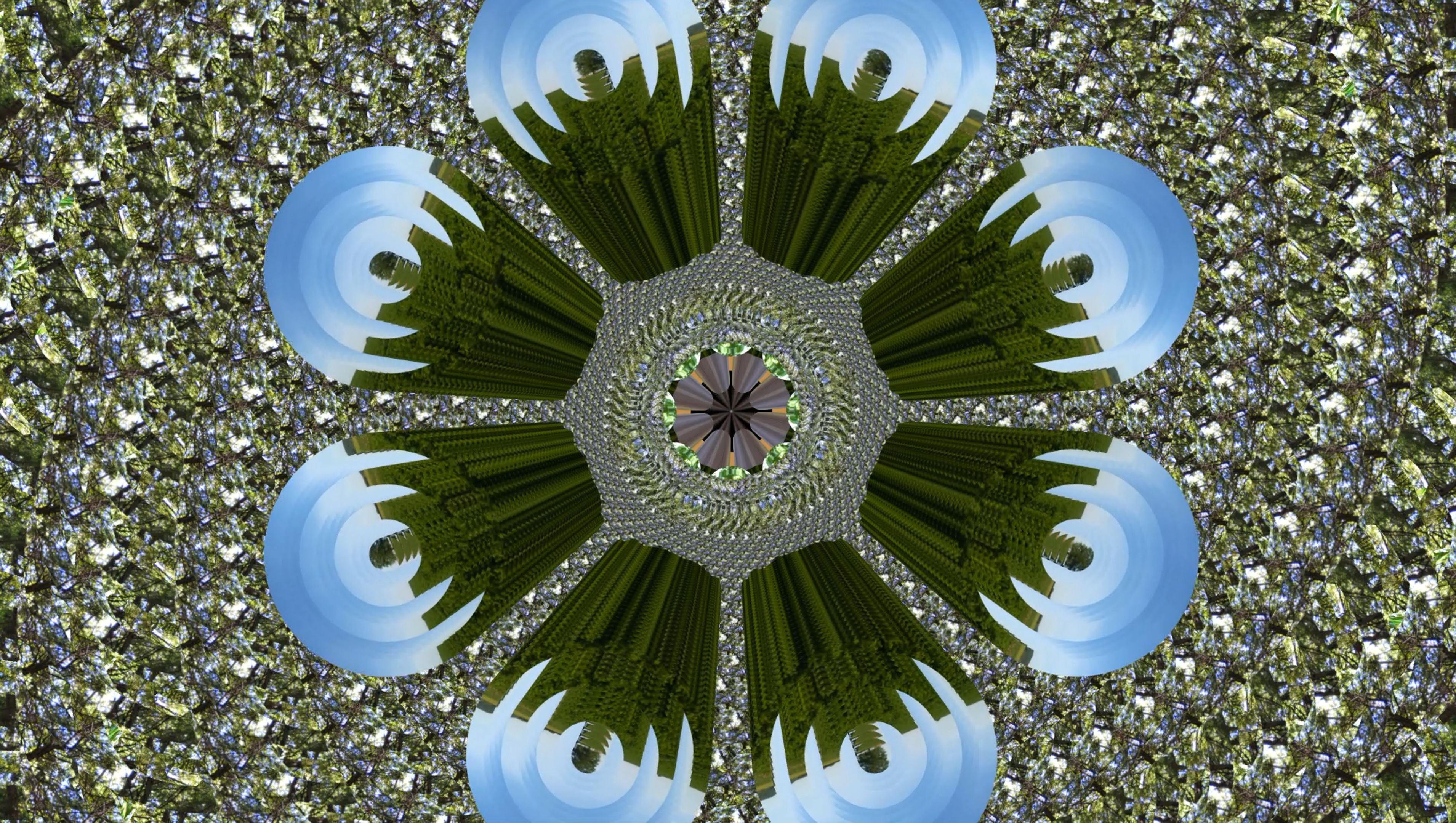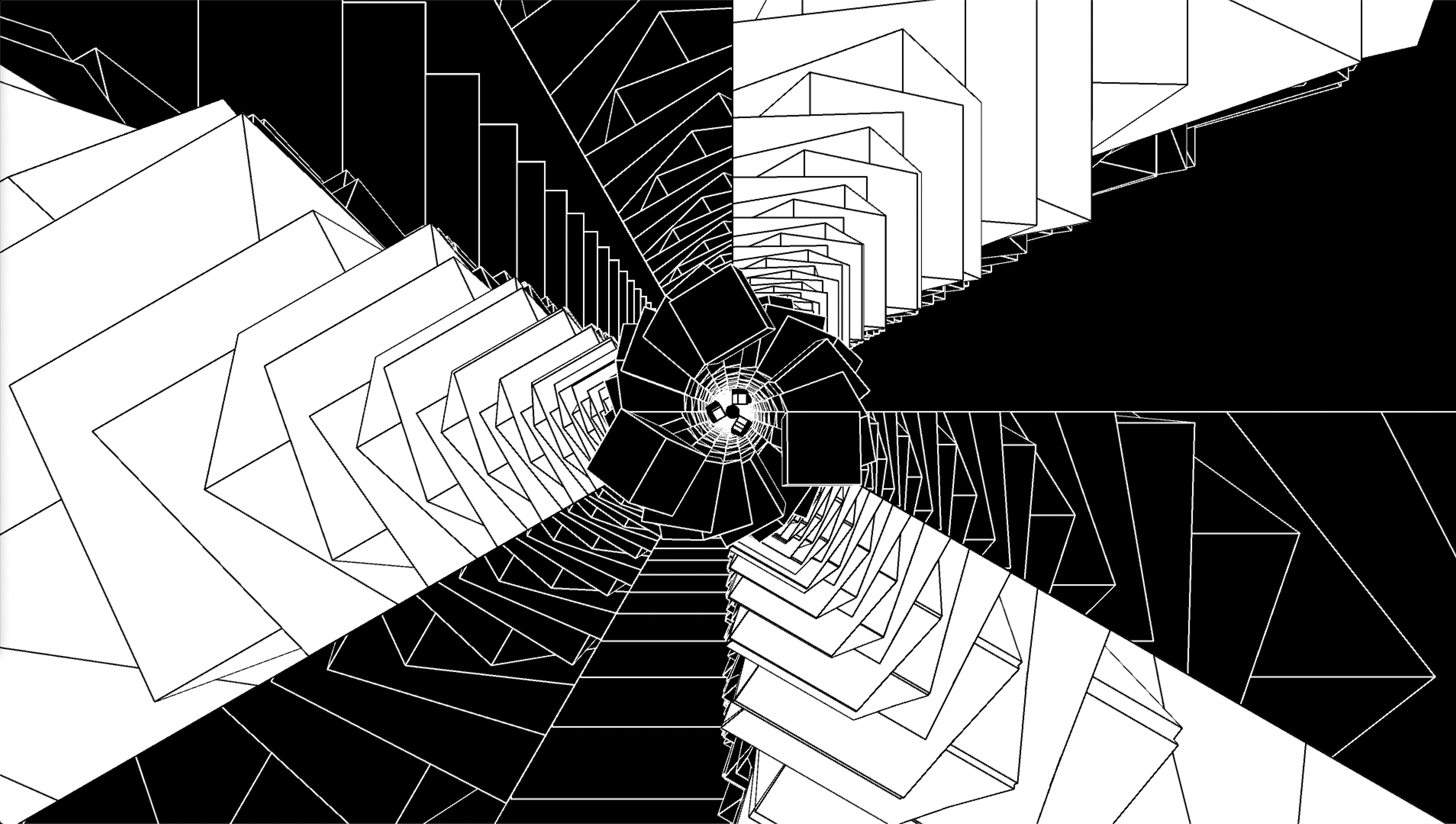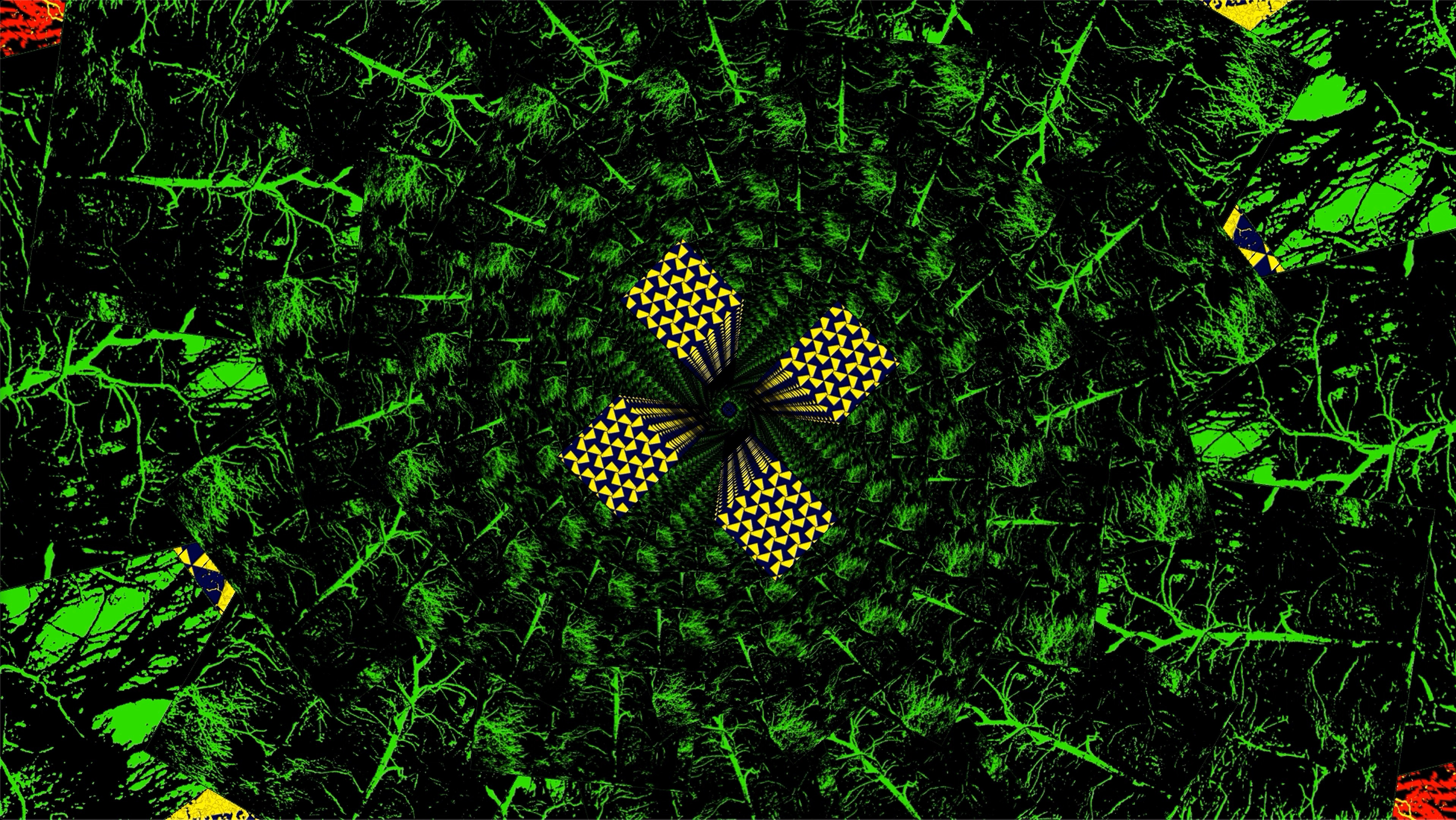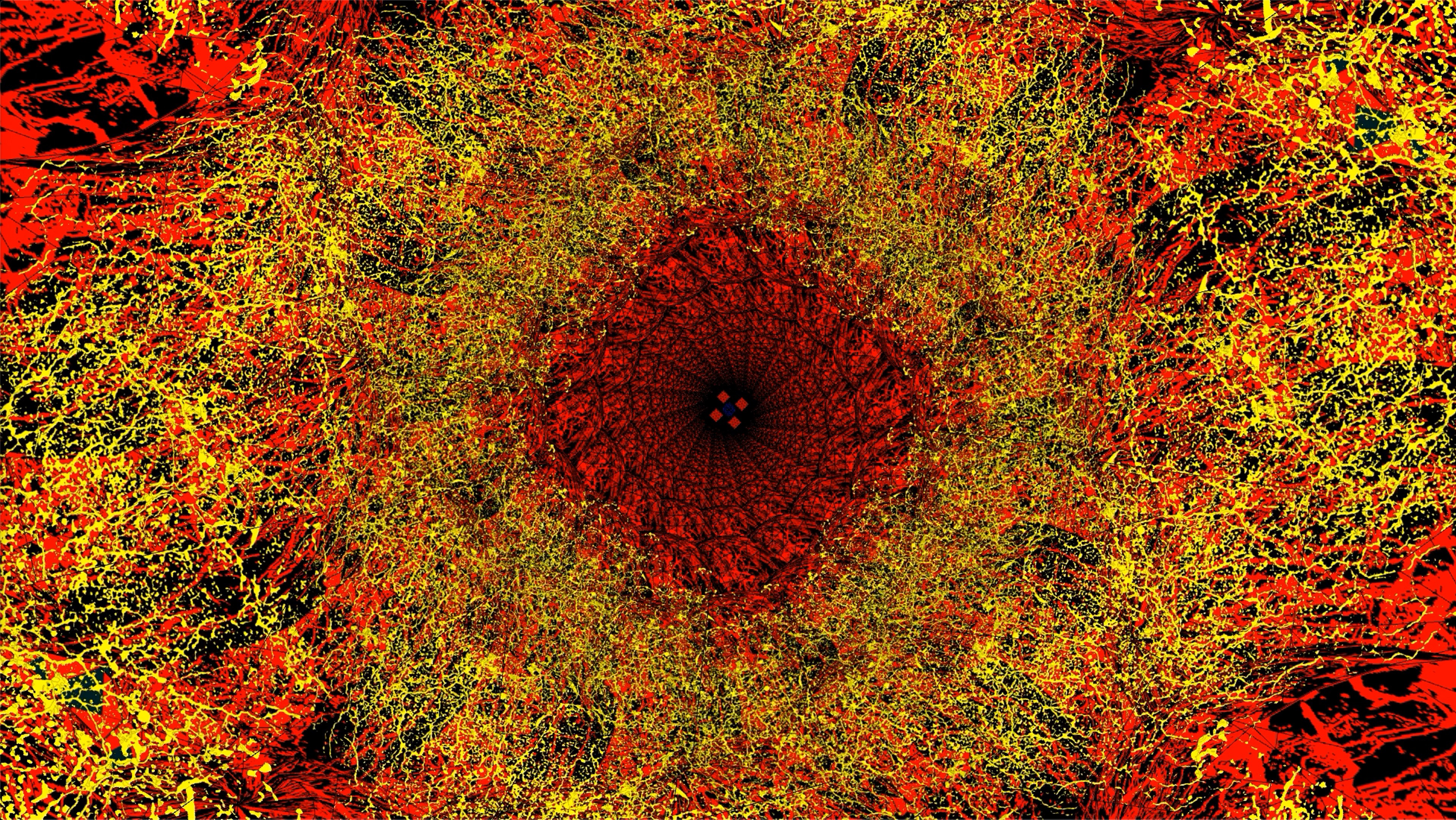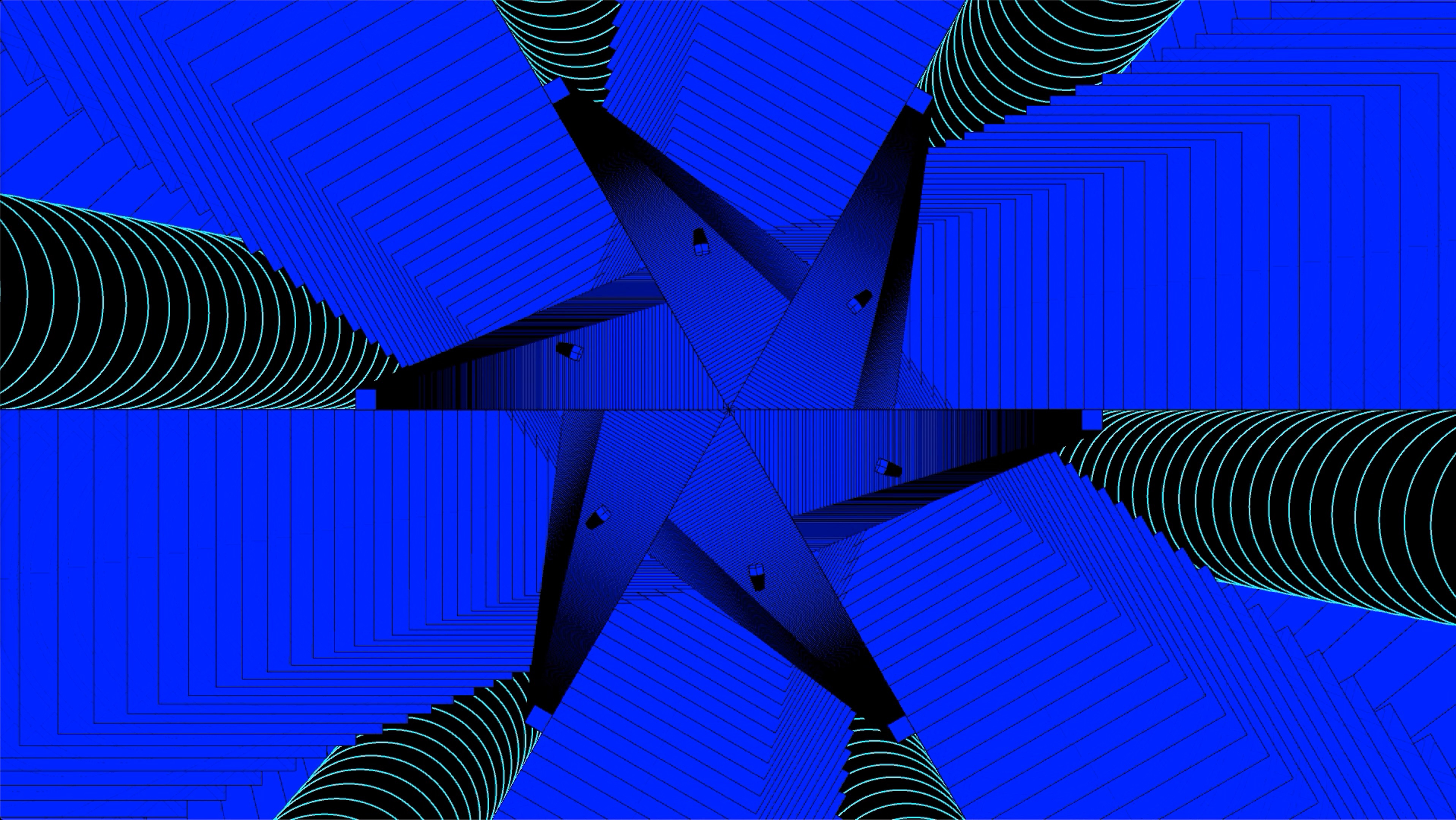Spring 2022 Sabbatical Leave
Report, May 24 - June 23, 2022
Dale E. Parson, Ph.D.
Professor of Computer Science and Information Technology
Kutztown University of Pennsylvania
parson@kutztown.edu
https://faculty.kutztown.edu/parson/
The sabbatical leave regulations state: "Upon completion of the
sabbatical leave, a written evaluation of progress made in meeting
the objective stated in the sabbatical leave plan shall be submitted
in duplicate within six weeks of the completion of the leave to the
Provost/Vice President for Academic Affairs." This report is
available on-line at https://acad.kutztown.edu/~parson/reportSab2022/
with the duplicate paper copies to be mailed the final week of June.
The call for proposals states, "Successful applicants may also
include URLs in the Sabbatical Leave Reports that are to be
submitted to the Provost/Vice President for Academic Affairs after
they have completed their Sabbatical Leaves." Such URLs appear in
the Reference section below with in-document links to those
references.
1. OBJECTIVES
From the sabbatical leave proposal: "The two primary objectives are
to create two interactive media, and to create and exhibit artworks
using these media." [1]
1a. Creating Interactive Media and Artworks
During the leave I continued creation of two interactive media from
which I rendered digital videos. The media consist of a series of
custom, interactive programs in the Java programming language using
the Processing framework [2]
to support generation of time-based graphical animation of
photographs from which I rendered videos for 1080p (1920 X 1080
pixels) monitors.
I have been exhibiting generated video artwork in juried exhibitions
since 2018. This work grows out of preparations for my courses
CSC120CPVL Introduction to Creative Graphical Coding and
CSC220 Object-Oriented Multimedia Programming. The leave
proposal goes into detail on the courses, students, and previously
exhibited work. This report concentrates on the months leading up to
the sabbatical leave through the spring semester, May 2021 through
May 2022.
My exhibited work comes from a perspective of perceptual art.
Images and image sequences are things I perceive, some of which
appear abstract when created and viewed but are nevertheless
recordings and animations of concrete sensations and perceptions.
This work avoids intentional concepts and messages, although
compositions may derive from subconscious intent, and viewers are
welcome to form their own ideas. "No ideas but in things." [3]
I have been working with interactive, generative computer graphics
since using the Logo programming language [4] on my Apple II Plus computer in the early 1980s,
and studied computer graphics in graduate coursework during my
master's program at Lehigh University in 1983. I was a professional
graphical programmer from 1988-1990 at Bell Laboratories in
Allentown, working on the Schema interactive tool for
capturing schematic diagrams of electronic circuits, and continued
to use graphical representations of electronic circuits and systems
throughout my industrial career until 2008 when I came to Kutztown
University. I began teaching CSC020CPVL Computer Graphics, a
general education introduction to raster and vector graphics in fall
2009 using Adobe Photoshop and Illustrator. This course
included my first student projects on the Kutztown University
Planetarium dome). I added programming in creating CSC120CPVL and
CSC220CPVL. These latter courses appear in the Computer Science,
Information Technology, and Applied Digital Art majors. I also teach
data visualization graphics in my advanced data science courses.
In previous years I informally studied the Dada, Surrealist,
and several other European abstraction schools. During this leave I
studied Abstract Expression in some depth, leading me to
photographers and their work cited below. I also made a cursory
study of French Impressionism because of its relation to
perceptual art.
1a1. Software and rendered videos for the no thing
compositions.
The no thing videos from May 2021 through March 2022 attempt
to convey identity of subject and object, of perceiver and
perceived, through interpenetration at the corporeal boundary. They
relate to the Mahayana Buddhist notion of Śūnyatā (a.k.a.
emptiness). "Sensation is emptiness, emptiness is not different from
sensation, neither is sensation different from emptiness, indeed,
emptiness is sensation. Also, perception is emptiness, emptiness is
not different from perception, neither is perception different from
emptiness, indeed, emptiness is perception." [5] Or, if you prefer
Seinfeld, "a show about nothing." [6]
The no thing videos are impressionism with a little
"i". They are impressions impinging on the cognitive system, in
contrast to expressions of the cognitive system.
The catalyst for the no thing series was a hike-with-camera
through the Nolde Forest in western Berks County, PA in May 2021, a
forest in which I have taken day hikes since the 1980s [7]. Previously, I had been
noticing multiple different images in a single visual frame while
experimenting with small depth-of-field by focusing on consecutive
focal planes, initially on the surface of water, both visually and
photographically. Discovering a decaying spring house in an area of
Nolde in which I had hiked for around 40 years was the trigger for
this series. I integrated ripples on watery surfaces and frozen
water into the eight (so far) compositions.
no thing I contains images taken primarily at Nolde in May
2021. [8]
no thing II follows with images taken on watery surfaces at
French Creek State Park a few days after a father / son kayak outing
on a lake there for Father's Day 2021. [9]
no thing III uses photos taken around Berks and Chester
Counties in June 2021. [10]
no thing IV from July 2021 uses photos from the wetlands and
woods behind my house in Rockland Township, Berks County. The
time-series contribution of a water strider makes this one my
favorite spring / summer no thing video. [11]
no thing V from January 2022 is the first no thing video to
use photographs taken during the sabbatical leave and the first for
winter imagery, using ice and snow photos from Daniel Boone
Homestead, the Manatawny Creek in Oley Township, and my back yard in
Berks County. [12]
no thing VI uses photos also taken from the sites for no
thing V. [13]
no thing VII uses images photographed during cross-country
skiing outings in February 2022 in fields and ridges near my home in
Rockland Township south of Kutztown and also from my back yard and
the woods below it. Our ridge usually gets a few inches of snow more
per storm than the valley surrounding Kutztown, and while no big
storms occurred this year, the strong winds blew a few inches of
snow from the fields into 8 to 12 inch ski-worthy drifts at the
interconnecting fence rows for each storm. [14]
no thing VIII of March 2022 is my favorite of the winter no
thing videos. Its images and sequences came from my
cross-country skiing excursions afforded by the sabbatical leave. [15]
I terms of compositional media, I created the Processing program (by
convention called a Processing sketch) noThingJune2021 after
my hike through Nolde, deriving it from earlier PImageSelf series
of sketches used in my compositions and courses, for capturing live
screen shots as photos layered atop underlying image sequences. I
used it to create no thing I, no thing II, and no
thing III. The main code addition was the use of fade-out for
the previous image and fade-in of the next image via pixel
translucency, along with a slight 3D offset, placing the fading
image below the arriving image in the projection space, in order to
avoid distracting pixel mingling between two images. Both the
photographic images themselves and the interference patterns between
two interacting images contribute to the visually attractive
artifacts of the resulting videos.
Then I stripped out the screen shot features of PImageSelf
that I was not using in the no thing videos and otherwise
simplified the sketch, resulting in noThingJuly2021 for the
creation of no thing IV, the last and most mature video of
the summer series.
Sketch noThingV_Jan2022 consists of some maintenance code
changes for multiple monitor resolutions and display speeds from noThingJuly2021.
I used it to create no thing V through no thing VIII.
An additional sketch, noThingVIII_Mar2022, is a substantial
enhancement to noThingV_Jan2022 intended for use with long
time-series sequences of photographs across seasons and years. It is
in an experimental state and I am still capturing photographs for
use with it in 2022 and 2023. I also coded a quick-edit sketch noThingMiles_Feb2022
for creating a 30-second TikTok video tribute to the history of
Miles Davis' music for Kutztown's Frederick Douglas Institute's
Black History Month virtual event which won an honorable mention
from the Institute [16].
There is no intent of nature photography in my work. I eschew the
dualism of natural versus artificial. Humans are part of the
evolving biosphere. I do find the non-human, fractal geometries of
trees and other plants compelling [17, 18],
and enjoy walking, skiing, and kayaking through them, but I have
also used more linear "virtual architecture" in my work with
students and in several exhibited video pieces. My work aims to
integrate concrete and abstract art by displaying concrete phenomena
that likely appear abstract to viewers. Some time after I adopted
this approach I read that Claude Monet wrote about his later,
underappreciated work, "The interpreters of my painting think that,
in connection with reality, I have achieved the highest degree of
abstraction and imagination. I would prefer it if they recognized in
this the abandonment of my self." [19].
Books from Kutztown's Rohrbach Library on Abstract Expressionism led
me to discover the works of three twentieth-century photographers
loosely associated with that artistic movement, Harry Callahan being
the first [20, 21]. Compare Callahan's
"Weeds in Snow" [21, p.
22, from 1943], which I discovered after creating my no thing
videos, to two frames from no Thing VIII captured while
skiing in February 2022. Right clicking on the images below to open
them in a new tab and then zooming in is useful for viewing details.
The multiple-focal-plane intent of frames 8 to 9 is to refocus the
viewer's attention on the corkscrew-shaped twig at the lower left,
reflecting visual search while exploring the fields near my house. Weeds
in Snow is monochrome and more minimal in its treatment. Both
emphasize growth and residual structure. Frames 8 and 9 are from the
edge of a cultivated field and thus relate to human activity.
Minor White is the second American photographer I examined after
creating the no thing videos [22, 23].
His textured work and several frames from no thing IV
uncover abstraction in concrete phenomena. Frosted Window
appears in [22, p. 13].
Frosted Window, Rochester, NY, Minor White, 1952
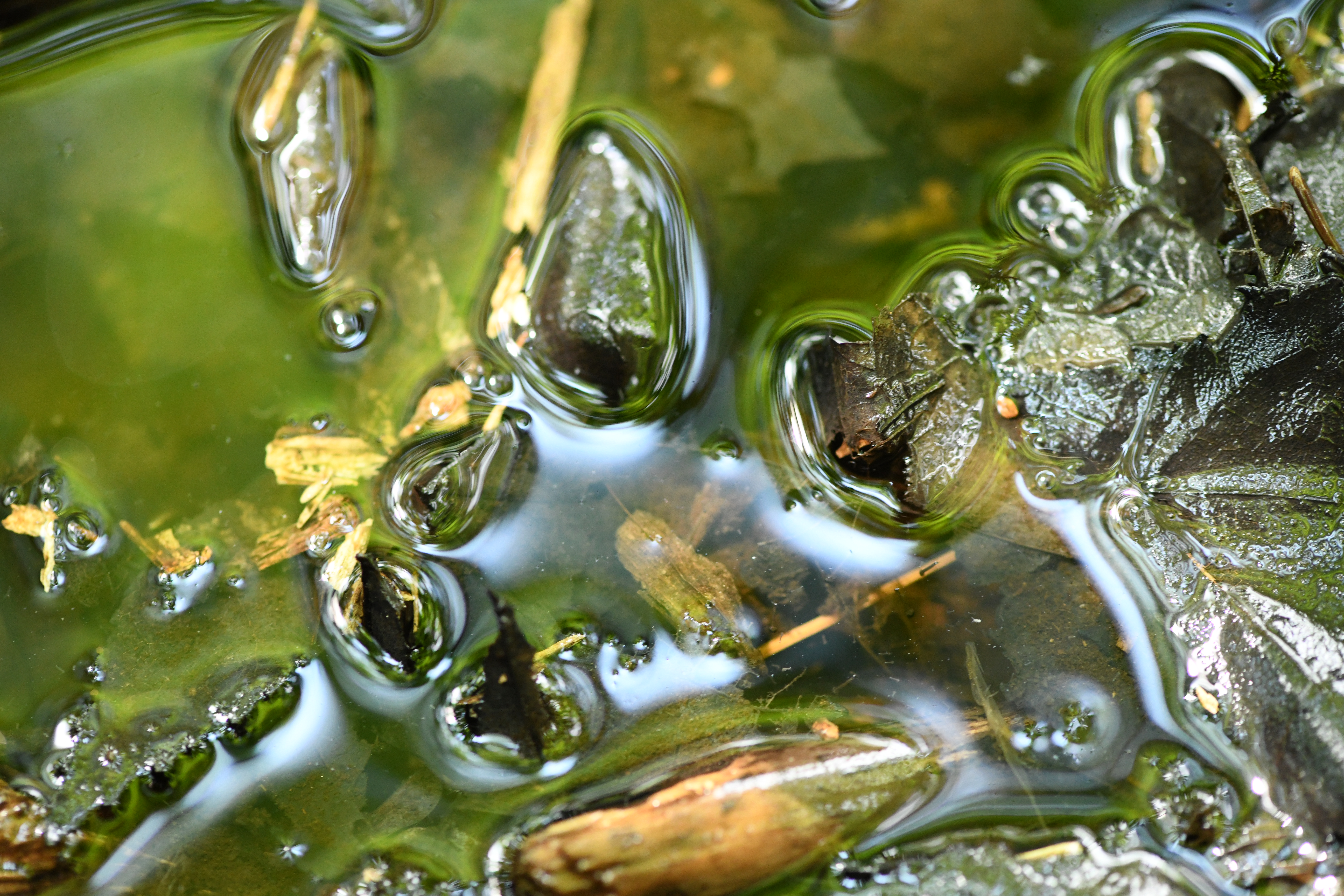 Frame 10 from no thing IV,
Dale Parson, 2021
Frame 10 from no thing IV,
Dale Parson, 2021
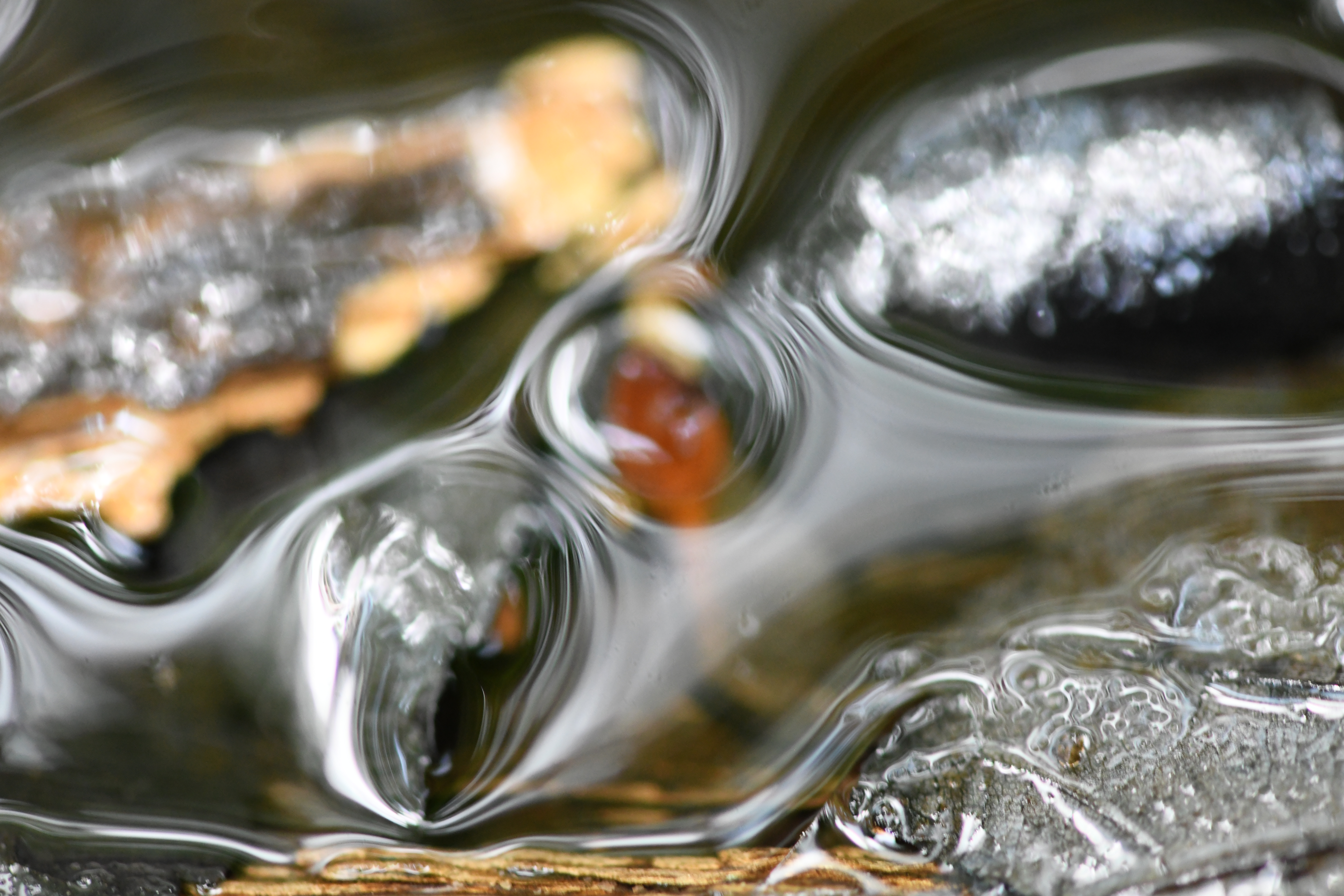 Frame 11 from no thing IV,
Dale Parson, 2021
Frame 11 from no thing IV,
Dale Parson, 2021
Frosted Window again is monochrome and more minimal in its
treatment. Frames 10 and 11 show more context in decaying leaves and
twigs from a puddle in the woods behind my house, connecting
concrete and abstract interpretations. The light portion at the
upper right of frame 11 is an out-of-focus reflection of treetops.
Being of necessity a wearer of progressive bifocals, reading
glasses, computer glasses, and polarizing sun glasses, I consider
out-of-focus artifacts to be very much parts of everyday concrete
reality.
Paul Caponigro is the third photographer I studied during this leave
[24], photo from page 9.
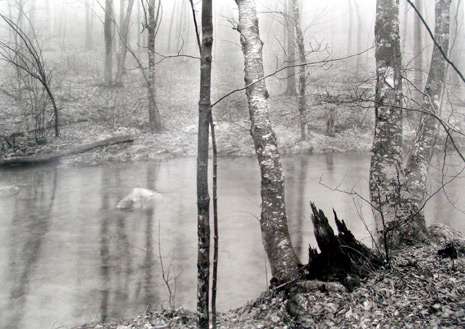 From the series Redding, Connecticut,
Paul Caponigro, 1968.
From the series Redding, Connecticut,
Paul Caponigro, 1968.
 Frame 11 from no thing VI,
Dale Parson, 2022, Daniel Boone Homestead
Frame 11 from no thing VI,
Dale Parson, 2022, Daniel Boone Homestead
 Frame 13 from no thing VI,
Dale Parson, 2022, Daniel Boone Homestead
Frame 13 from no thing VI,
Dale Parson, 2022, Daniel Boone Homestead
While these no thing VI frames appear monochrome, they
actually exhibit all the color content of that site that day of
January 18, 2022. Frames 11 through 13 contribute a gradual shift in
focal plane / attention as discussed for the no thing use of
multiple focal planes of a single visual frame.
Finally, a quotation in one of the Callahan books [21] led me to examine some
photographic works of László Moholy-Nagy, a Hungarian artist
associated with Dada and Constructivism who did some very early work
with art photography [25].
Moholy-Nagy promoted: "abstract seeing by means of light,
especially the photogram; exact seeing or reportage; rapid
seeing or snapshots and stroboscopic photography; slow
seeing by time exposure; intensified seeing by
microphotography or filters; penetrative seeing by x-rays; simultaneous
seeing by superimpositions or multiple exposures; and distorted
seeing through prisms and mirrors or mechanical and chemical
manipulations of the negative or print." [21, p. 37] Moholy-Nagy's classification system
comes from the early days of art photography and video. The no
thing cross-faded multiple focal planes of a single frame
constitute an example of simultaneous seeing, and upcoming no
thing videos using multiple focal planes X multiple seasons,
with photography in progress, constitute an example of simultaneous
seeing X slow seeing. Discontinuous Perception II
with Sound discussed in the next section uses what I later
learned are rapid seeing, intensified seeing, and distorted
seeing.
1a2. Software and rendered videos for the Discontinuous
Perception with Sound compositions.
Where the no thing videos of the previous section
concentrate mainly on "impressionism" with a little "i", the Discontinuous
Perception with Sound videos of the present section add
"expressionism" with a little "e". This work fuses previously
learned geometric structures and dynamics with incoming photographic
impressions and expresses them as animated photo-paintbrushes.
The illustration below is from my 1990 Ph.D. dissertation A
Real-time Computational Substrate for Embedded Intelligent Systems
[26] in which I modeled
habit acquisition and utilization (technically automatic
processing using cognitive psychology's terminology) in my
custom PRIOPS software system, an acronym for Prioritized Production
System. Reactive automatic processing responds to incoming
impressions in real time, depositing them in short-term sensory
memory buffers and reacting to them via motor-system effectors.
Automatic processing also responds to recent deposits in short-term
memory buffers. Perception, cognition, and reaction use electrical
and chemical processes and pathways that are not instantaneous.
There are feedback paths within the automatic partition that loop
through sensory memory, and feedback paths through the surrounding
physical environment, back to input sensors. We get impressions from
our senses, from our recently acquired sensory memories, from
habitual processing structures built through repeated interaction
with a consistent environment, and from our short-term modifications
to the physical environment. We express both the impressions and our
immediate reactions to them.
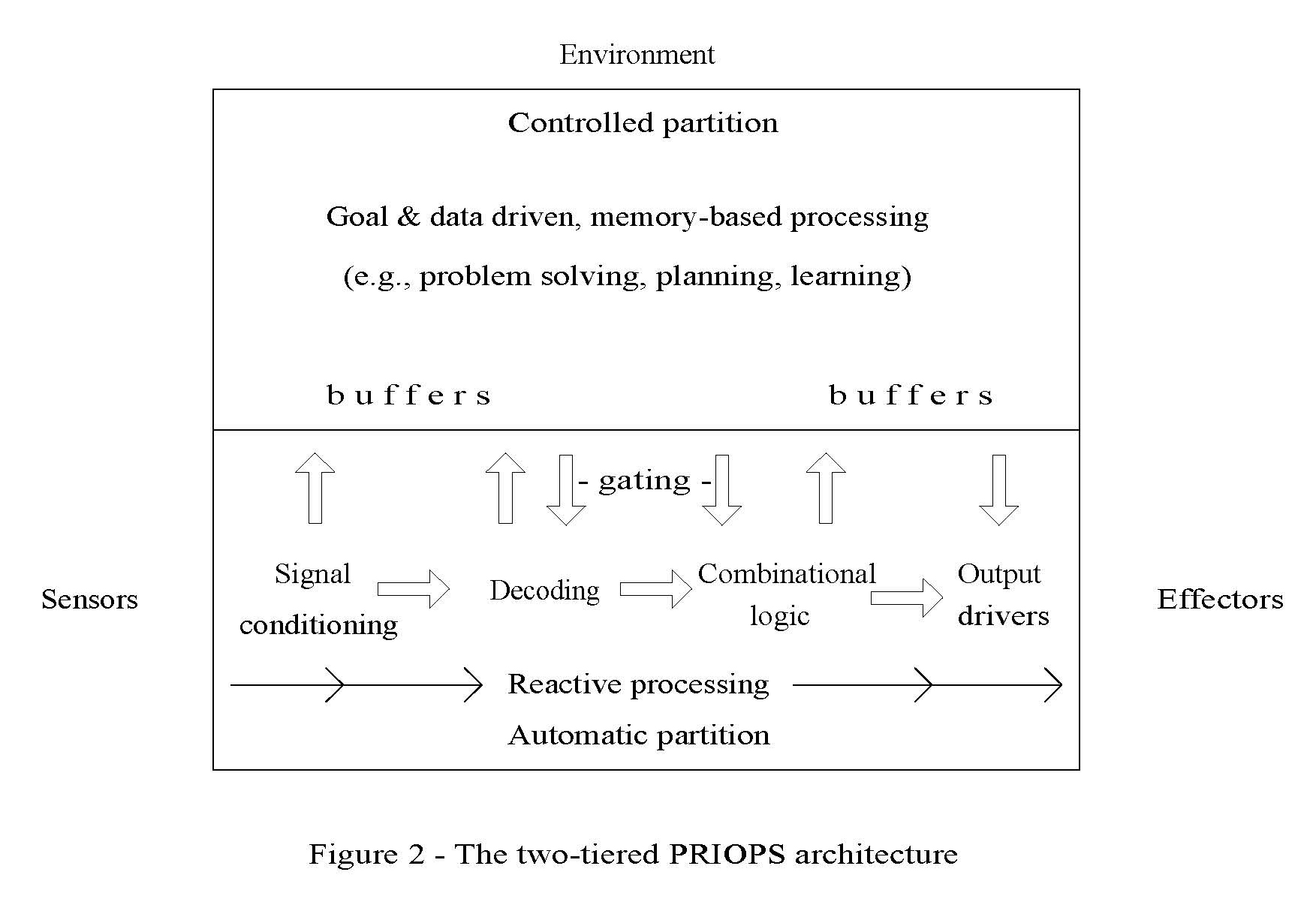 D. Parson, from A Real-time Computational Substrate
for Embedded Intelligent Systems, 1990
D. Parson, from A Real-time Computational Substrate
for Embedded Intelligent Systems, 1990
The ideas for Discontinuous Perception I with Sound [27] came about after
experimenting with the Movie library class in Processing. Movie
loosely couples a live camera input or a prerecorded video to a
standard Processing sketch structure. As a study for using Movie I
asked my wife Linda to drive me down my daily dog-walking back road
while I recorded a video with a Nikon D850 DSLR camera shooting
autumn leaves that were beginning to fade in November out the
passenger window as we drove by. This initial study worked so well
that I wrote the DiscontinuousPerceptionI Processing sketch
in December 2021 and captured the video. Improvisation of music or
video is a form of sensory -> perceptual -> memory +
physical environment -> sensory processing feedback
activity, and the DiscontinuousPerceptionI sketch has many
features for interactive improvisation. It differs from the no
thing sketches that were plan-based with essentially no
code-time improvisation.
Run-time sketch improvisation supplied varying types (vertical,
horizontal, both), resolution (degrees of coarse-to-fine), speeds,
and direction (still, forward, or backward in time) of video
interlacing. Some ideas of no thing carried over, such as
multiple focal plane still photos interfaced with video. The camera
recorded sound, speeding up and slowing down per video replay
improvisation. This first Discontinuous Perception video has
very much an "impressionism" with a little "i" feel.
Discontinuous Perception II with Sound [28] was initially spurred
by a goal to change from side-window to front-windshield shooting on
roads through fields, covered bridges, and cemeteries where my wife
and I grew up in the Oley Valley. I wanted perspective and a
vanishing point that you cannot get shooting out the side window of
a moving car. I used Processing's Movie class and wrote a heavily
enhanced DiscontinuousPerceptionII Processing sketch,
modified from DiscontinuousPerceptionI, in January 2022
during the sabbatical leave. It adds multiple interactive,
improvisational effects, such as taking screen shots on the fly and
nesting them to create a virtual vanishing point in some places
within the video. Sounds are created by applying run-time digital
audio effects to our speaking during the recording and to the car
sounds. Both the video and processed sounds lift rendered images and
sounds away from conventional experience.
As mentioned at the end of the previous section, Discontinuous
Perception II with Sound uses what I later learned are
Moholy-Nagy's rapid seeing, intensified seeing, and
distorted seeing. The above frame uses an intensifying and
distorting Erode filter in Processing to accentuate the winter tree
structure at the entrance to a cemetery across the street from where
my wife grew up. Note the intentionally-captured reflections from
the hood of the car. When passing the tree I switched to a Dilate
filter to simulate a tree stripped of leaves or a dead tree. The
above video passage moved very slowly.
The above image occurs several seconds later in the video when
exiting the cemetery. Instead of Processing filters I used
fine-grain nested copies of the current video frame, emphasizing the
virtual vanishing point, which I could move left, right, up, or down
during improvisation.
The above image of the inside of a covered bridge just down the
road shows use of coarse-grain nesting in conjunction with a
structure having an inherent vanishing point. Note the windshield
reflections of the far open end of the bridge.
In the next set of videos I stopped using prerecorded Movie videos
and switched to generative graphical improvisations using
photographs from the last 3 or 4 years as paintbrushes. Discontinuous
Perception III with Sound [29], coded in February 2022, served as a study for
what became Discontinuous Perception IV with Sound [30], also coded in
February. The former sketch used rectangular images with their
original aspect ratios and minimal photo etching ability. The latter
sketch etched photos into round paintbrushes with internal sections
that could be etched away during improvisation to better accommodate
symmetric painting leading to the vanishing point. Rectangular
images tended to overlap in unappealing ways. Discontinuous
Perception IV with Sound is the first video in this series
where I used prerecorded music to drive my video improvisation. I
used processed music that I had composed and performed in a practice
session for the 2014 Electro-Music electro-acoustic music festival
in Huguenot, NY.
All of the paintbrushes in Discontinuous Perception IV
are 2D (two-dimensional) photos cropped into circles that have
traveled down and then up in a virtual 3D space that reaches a
vanishing point at the furthest 3D distance. The vanishing point is
why they converge at the center of the image. This Processing sketch
does not erase the previous frames so that the edges of the circular
photos that are moving in and out of the frame act as paintbrushes.
For the final sketch of this series, Discontinuous Perception V
[31], I wanted to mix 2D
and 3D shapes textured using photographs, 2D and 3D shapes textured
by black & white photographs rendered via a threshold filter,
and 2D and 3D shapes outlined with plain colors. I also added the
ability to have these paintbrushes descend and ascend via distinct
columns with distinct vanishing points. Discontinuous Perception
V with Sound also used prerecorded music to drive my video
improvisation. I used processed music that I had composed and
improvised at the 2011 Electro-Music electro-acoustic music festival
in Huguenot, NY.
The screen shots of this section give some idea of the complexity of
the Discontinuous Perception with Sound videos. Getting the
full effect requires viewing and listening to the complete videos on
at least a 1080p (1920 X 1080 pixels) display for which they were
rendered.
1b. Exhibiting Artwork
One disappointment for 2022 is the fact that the juried
international digital art workshop at which I exhibited annually
from its inception in 2018 through 2021 is not being held this year.
My video work was accepted for the premiere workshop attached to the
2018 European Conference on Computer Vision with an opening in
Munich [32], the second
workshop attached to the 2019 International Conference on Computer
Vision with an opening in Seoul [33], the third workshop as part of the on-line
2020 International Neural Information Processing Conference [34], and the fourth
workshop as part of the on-line 2021 International Conference on
Computer Vision and Pattern Recognition [35]. I attended the first two remotely due to work
load. I especially liked this workshop because it is managed by
younger digital artists and I felt welcome being included. In 2022
the organizers have called for papers only, and while I have some
ideas, I am holding off on more writing until next year.
Furthermore, the 215 | 610 CONTEMPORARY Juried Exhibition [36] for emerging artists in
our region has not issued a call for submissions in 2022. I
exhibited the following still piece virtually in the spring 2021
exhibition.
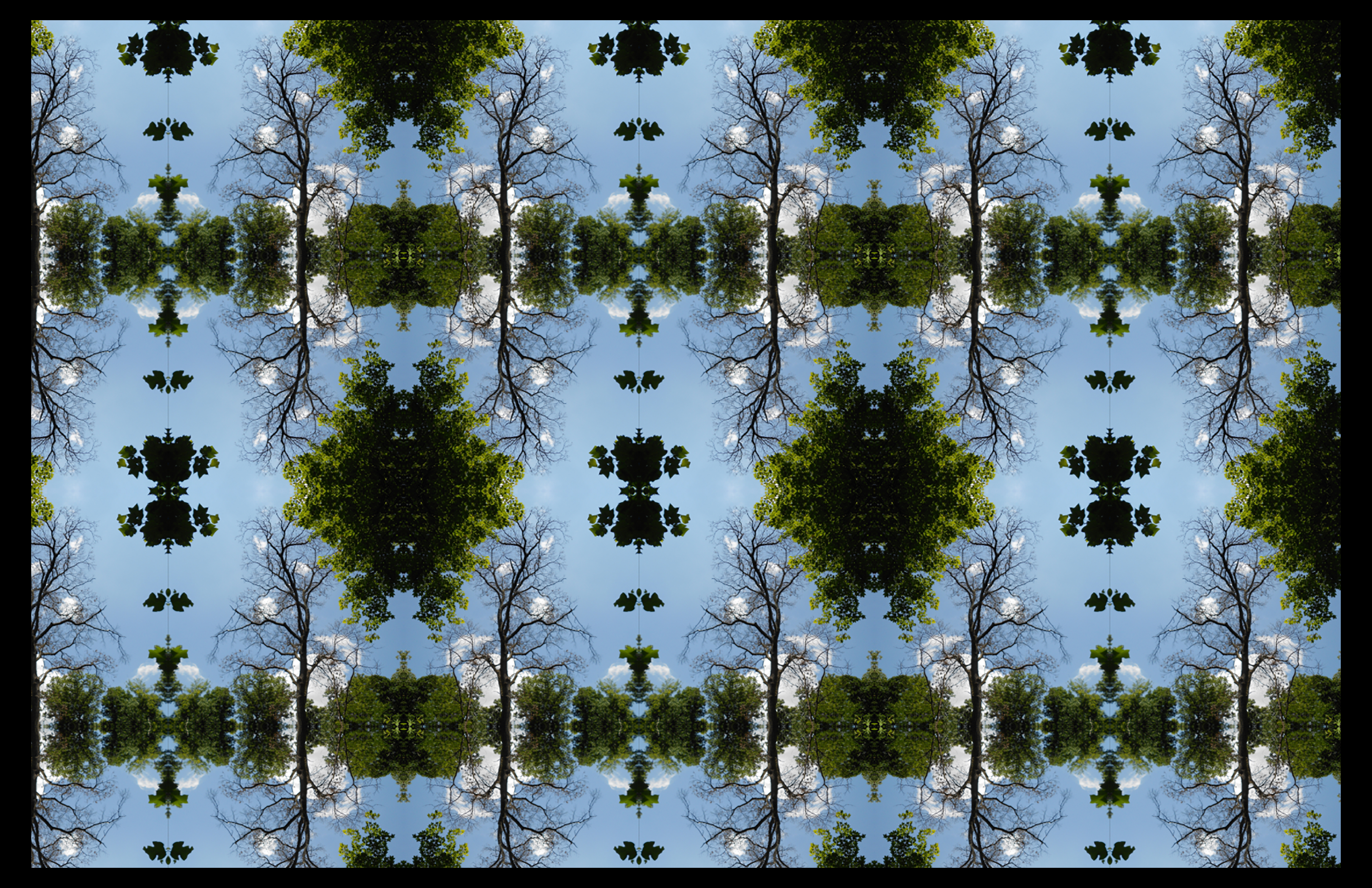 State Game Lands Number 106 at the 215 | 610
CONTEMPORARY Juried Exhibition
State Game Lands Number 106 at the 215 | 610
CONTEMPORARY Juried Exhibition
I have found other venues. In 2019 I exhibited the video Flaming
Beauty inspired by feedback in visual memory in the juried Art
of the State exhibition at the PA State Museum in Harrisburg from
June through September [37].
In 2020 Art of the State moved to a new submission vendor with
restrictive video file size limits so I did not submit for 2020 or
2021. During the current sabbatical leave I spent time working on a
way to reduce submission file size by reducing pixel resolution and
increasing image compression without sacrificing reviewing quality.
In fact, the submission website has distinct submission versus
display quality requirements. In late March 2022 I submitted four
videos discussed above, no thing II [9], no thing IV [11], no thing VI [13], and no thing VIII
[15]. Curator Amy Hammond
emailed me on April 1, 2022, "Thank you for contacting me about Café
video uploads. I am glad to hear that Café has a solution to the
problem. You are still the only video artist to be featured in Art
of the State. We have not had any since your installation." I
have spent about a week of the sabbatical leave updating my approach
to using a Raspberry Pi embedded computer (about the size of a deck
of cards or a Roku box) and a computer monitor to display my videos.
If no thing videos are accepted the installation must run
from September 2022 through January 2023 with no maintenance
requirements for the museum staff.
Update: On June 23, 2022 I received email from Amy Hammond stating,
"It is with regret that I inform you that your work was not selected
for this year’s exhibition...This year’s show was especially
competitive. We received 1,850 works for consideration. Following a
very challenging jury process, 92 were chosen." Given the fact that
my 2019 artwork is the only video ever accepted at Art of the State
-- other PA video artists including Kutztown faculty have never had
work accepted -- I will focus future efforts on more
digital-friendly venues.
I also worked with Rohrbach Library Professor Sylvia Pham and
Administrative Assistant Jennifer Tanzos to install the juried video
[De]fragmenting Architecture [32] on a TV monitor outside the library coffee
shop from February 25 through May 13. The piece is inspired by the
fact that the human visual system assembles disparate pieces of
perception into a coherent whole at the end. We have plans to
install my juried video Flaming Beauty [37] in fall 2022, inspired
by the workings of short-term visual memory, to be followed by a
collection of student teamwork from the fall's two sections of
CSC220CPVL Object-Oriented Multimedia Programming. This student work
will display in spring 2023.
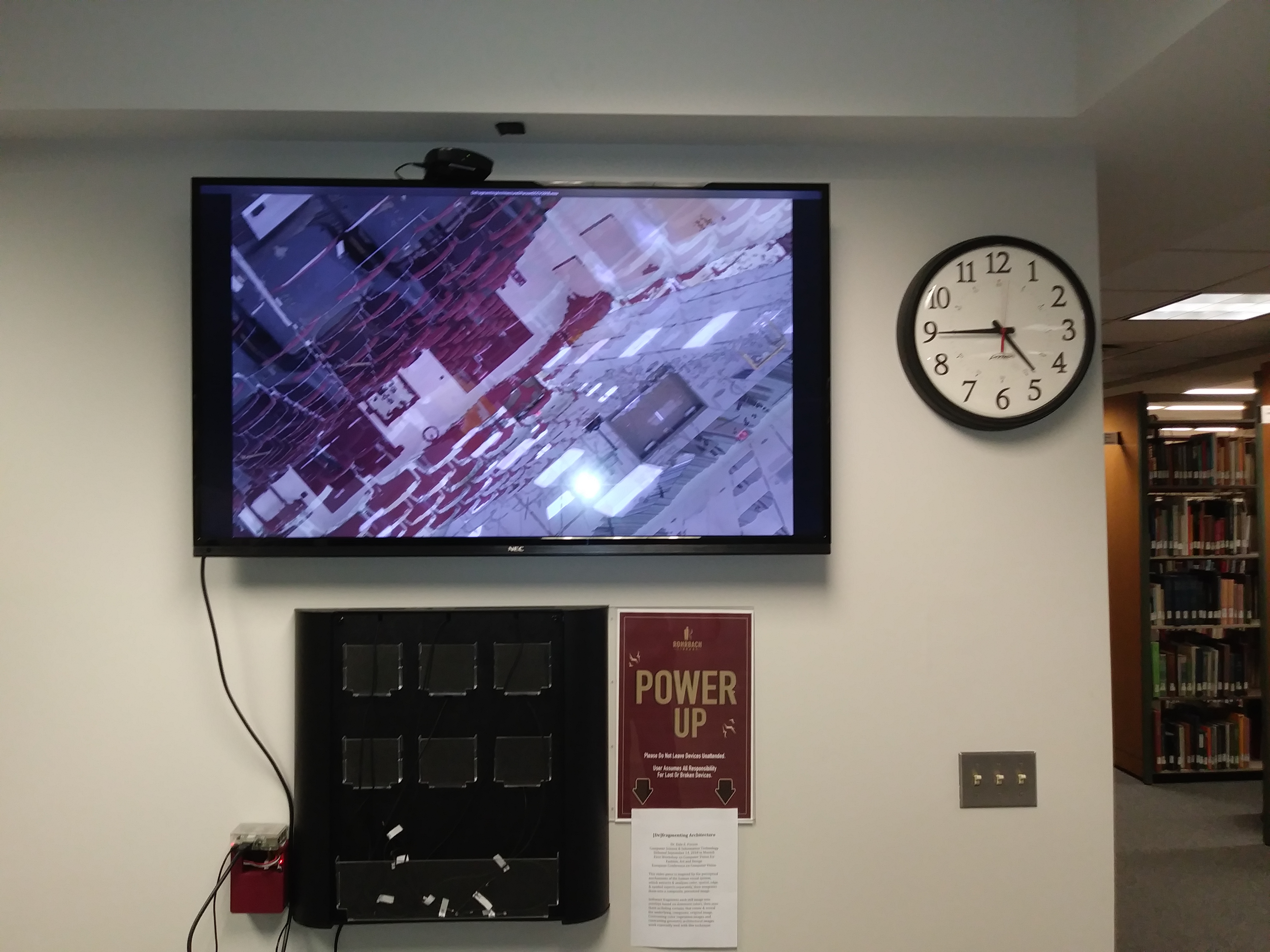 [De]fragmenting Architecture in Rohrbach Library
spring 2022
[De]fragmenting Architecture in Rohrbach Library
spring 2022
2. Other Projects during the Sabbatical Leave
2a. Photographs in Spring 2022
Between late December and late May I have captured around 2955
photographs with two DSLR (digital single lens reflex) cameras and
my cell phone. I have several video compositions in progress that
will use some of these photos.
 Back yard snow from March 12, 2022
Back yard snow from March 12, 2022
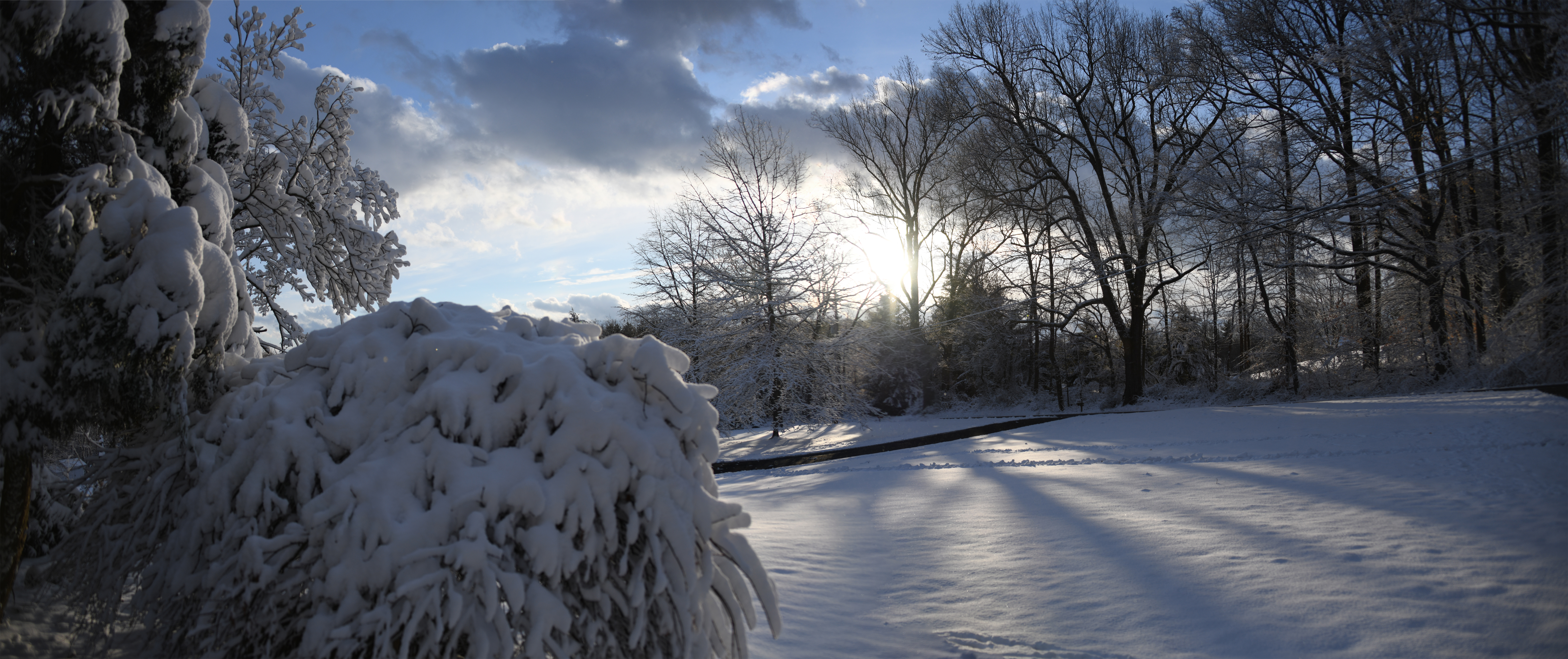 Front yard snow from March 12, 2022
Front yard snow from March 12, 2022
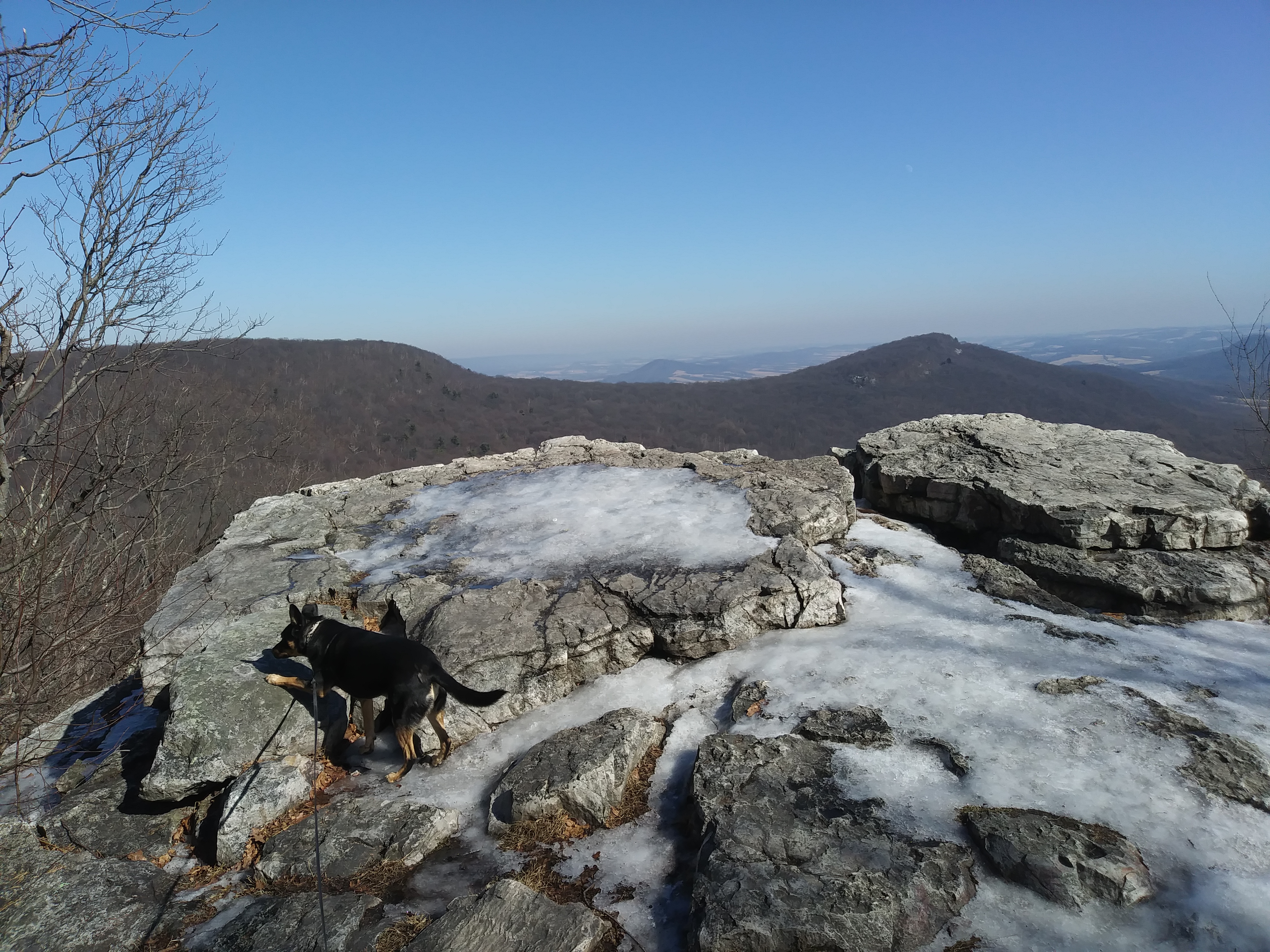 Nomi after climbing icy trails to Pulpit Rock in February 2022
Nomi after climbing icy trails to Pulpit Rock in February 2022
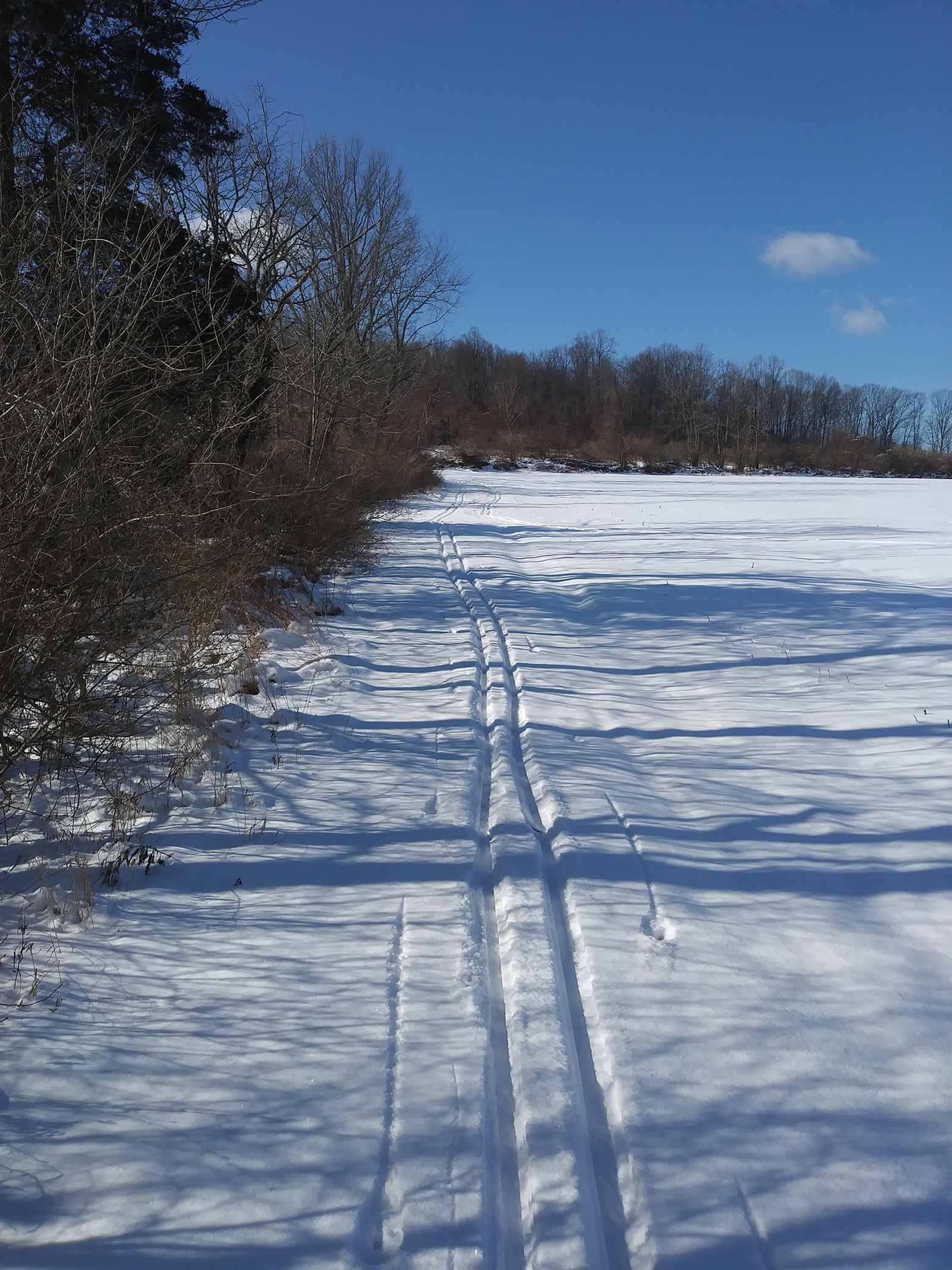 Piddly snows drift into ski-worthy networks at the fence rows
Piddly snows drift into ski-worthy networks at the fence rows
 Looking north from the south / bottom end of Hawk Mountain's
River of Rocks on May 9.
There are two similar boulder fields in adjacent valleys to the
south.
I am planning a video of rock building ruins and boulder fields
to complete end of 2022.
Looking north from the south / bottom end of Hawk Mountain's
River of Rocks on May 9.
There are two similar boulder fields in adjacent valleys to the
south.
I am planning a video of rock building ruins and boulder fields
to complete end of 2022.

Petroglyph National Monument west of Albuquerque late April
2022
 One of a set of macro photos on the way to above River of Rocks
May 9
One of a set of macro photos on the way to above River of Rocks
May 9

Another of a set of macro photos on the way to above
River of Rocks May 9
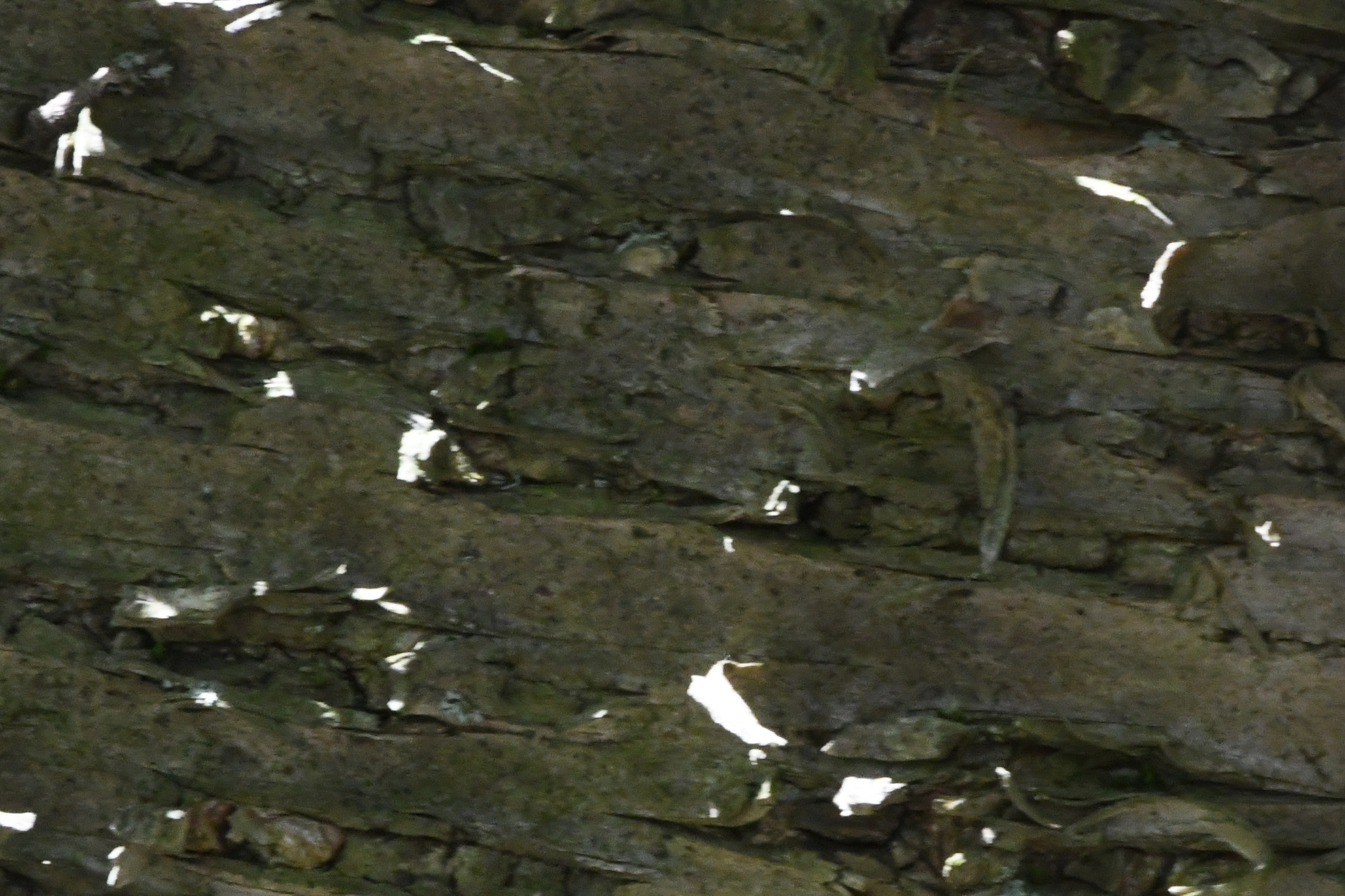
Closeup of the previous photograph of tree bark
I have noticed that some of the texture photographs of Callahan,
White, and Caponigro tend towards "abstract" in the sense of being
unrecognizable as concrete images. I prefer to maintain just enough
context in my texture images to present a bridge between concrete
and seemingly abstract. For example, the first of the two bark
photos above carries more visual context.
I am working on several long-term time-series videos using seasonal
change photographs.
2b. Ephemeral Artwork
These quick-and-dirty pieces and their captions as posted on social
media speak for themselves.

Last night I dreamed that I was filling in cells in a
spreadsheet, something I do in my job.
45 years ago I dreamed I was filling in shelves in a warehouse,
something I did in my job.
"In Surrealism the dream is considered a central realm of human
existence,
in which mental life acts in a way that is free from the
limitations and censorship
of wakefulness, thus providing a new ambit, a greater
density and depth to life."
Suck on that, Dr. Freud.
http://www.inmaterial.com/jjimenez/sysen.htm
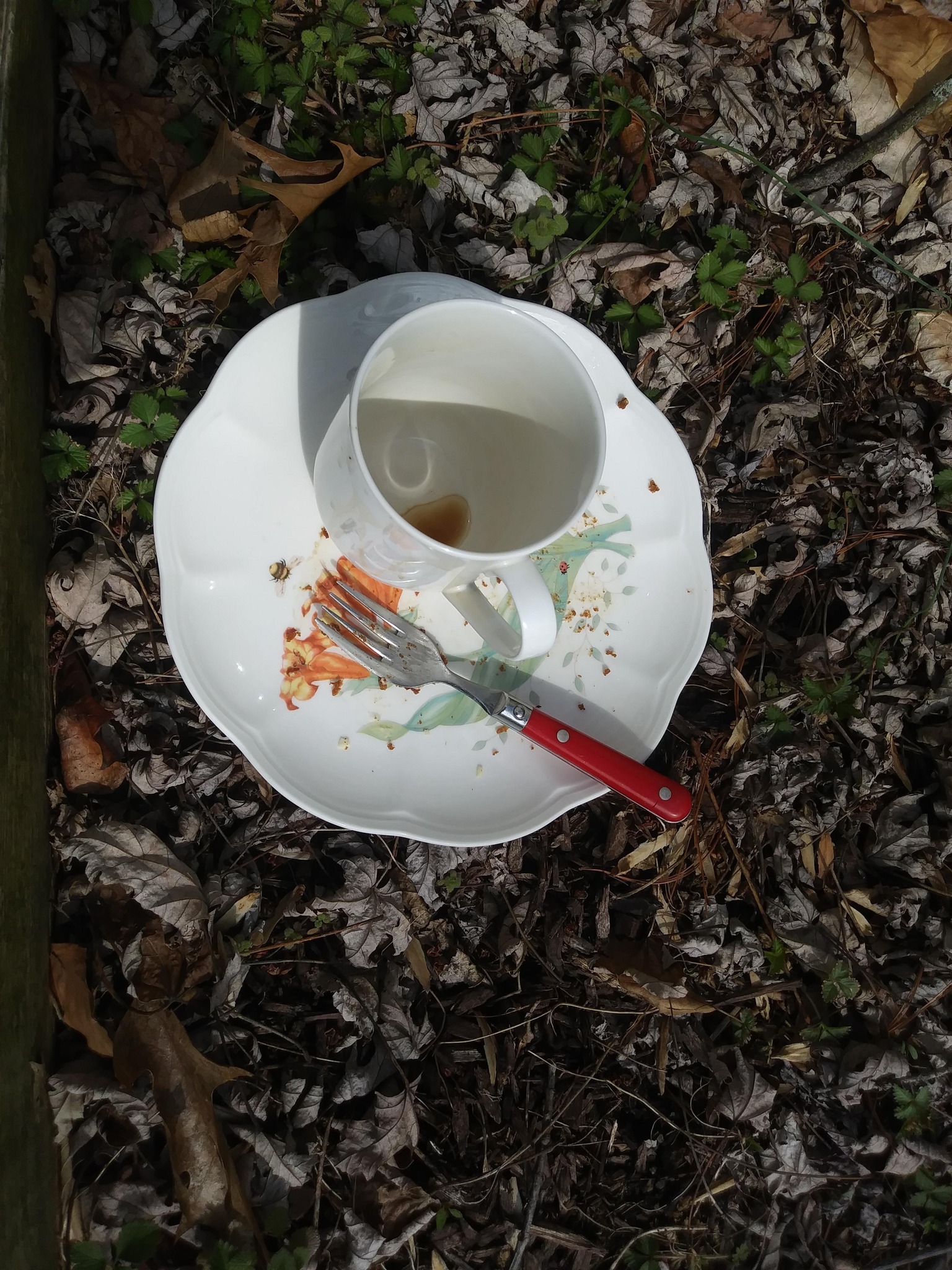
First Sign of Spring 2022

Time for the traditional Sabbatical Leave Archeological Dig of
opening access
to the septic tank for pumping. Life in the outback.

minimalism

untitled
I read Photography at the Bauhaus [38] in May and June after a
thorough search of Rohrbach Library's catalog for holdings related
to my work.
2c. Hawk Mountain Data Analysis
On January 10 I submitted the grant proposal "Relating Climate
Changes to Raptor Observation Changes at Hawk Mountain Sanctuary
1965-2021" to the Kutztown University Research Committee and it was
approved and funded on April 7, 2022. It will fund my analysis of
Hawk Mountain raptor observation data during summer 2022, two
graduate students doing additional analysis and two undergraduates
doing web-based raptor flight visualization during the 2022-2023
academic year. I have started what I intended to be scripting for
data cleaning and formatting during this sabbatical semester, but I
have detected data mismatches between a Hawk Mountain data drop of
January 2020 and the current drop of January 2022. I am working with
Dr. Laurie Goodrich of Hawk Mountain to verify the veracity of their
data drops, and plan to extend my data cleaning scripts into audits
that I can hand off to them for future use. I will use this data and
my analyses in CSC458 Data Mining and Predictive Analytics I in fall
2022, CSC523 Scripting for Data Science in fall 2022, and in CSC558
Data Mining and Predictive Analytics II in spring 2023.
I am mentoring one master's thesis student completing initial
analysis of Hawk Mountain data during spring and summer 2022.
2d. Administrative Duties
I continued to advise students in our 12-credit Graduate Data
Analytics Certificate program during the sabbatical leave and to
assist students planning for my courses in the fall.
I wrote the final report for my 2019-2020 PASSHE FPDC (Faculty
Professional Development Committee) grant that extended though
December 2021 because of pandemic disruptions. The grant funded four
undergraduates and one graduate student instead of the planned three
undergraduates because travel funds converted to student payroll due
to pandemic-cancelled face-to-face conference attendance. All
students were from gender identities underrepresented in our field,
four female and one transgender male. I also reviewed proposals for
two 2022 FPDC grants for PASSHE. I reviewed the data mining textbook
used in CSC458 and CSC558 at the publisher's request.
I served as second reader for one CSC master's thesis and attended a
second thesis presentation. I worked with two students who
successfully removed grades of Incomplete from previous semesters.
REFERENCES
1. D. Parson, "One-Semester Sabbatical Leave
Application for the 2021-2022 Academic Year," December 29, 2019.
2. Processing, https://processing.org/,
2001-2022.
3. Williams Carlos Williams, Paterson, 1927.
4. MIT Media Lab, Logo Programming Language,
1967-2022, https://el.media.mit.edu/logo-foundation/what_is_logo/history.html.
5. Maha-Prajna-Paramita-Hridaya (The
Heart Sutra), A Buddhist Bible, edited by Dwight
Goddard, E. P. Dutton & Co., 1938.
6. "George and Jerry Pitch their Nothing Show -
Seinfeld", https://youtu.be/dvnA8Vtf3rA,
1992.
7. "Nolde Forest Environmental Education Center", https://www.dcnr.pa.gov/StateParks/FindAPark/NoldeForestEnvironmentalEducationCenter/Pages/default.aspx,
May 2022.
8. D. Parson, no thing I, 5:24 minutes, https://youtu.be/Nz9BgT6QoBk,
May - June 2021.
9. D. Parson, no thing II, 5:31 minutes, https://youtu.be/_VRSvflA7-4,
June 2021.
10. D. Parson, no thing III, 5:28 minutes,
https://youtu.be/eL0QplbUoKg,
June 2021.
11. D. Parson, no thing IV, 5:25 minutes, https://youtu.be/fKJp-ypmWco,
July 2021.
12. D. Parson, no thing V, 5:22 minutes, https://youtu.be/nuFi1aAaabw,
January 2022.
13. D. Parson, no thing VI, 5:26 minutes, https://youtu.be/eI9QR6AI7fU,
January 2022.
14. D. Parson, no thing VII, 5:22 minutes,
https://youtu.be/ZIvcfLcGHpo,
February 2022.
15. D. Parson, no thing VIII, 6:52 minutes,
https://youtu.be/s3d6Nikigvo,
March 2022.
16. D., Parson, Video tribute to Miles Davis for
the Frederick Douglas Institute exhibit on TikTok, 30 seconds, https://drive.google.com/file/d/1XsMwv7J9IRJEoJs5gEh8ONkXPrR9wEZv/view?usp=sharing,
February 2022.
17. B. Mandelbrot, The Fractal Geometry of
Nature, w. H. Freeman & Co., 1977.
18. P. Prusinkiewicz & A. Lindenmayer, The
Algorithmic Beauty of Plants, Springer-Verlag, 1990.
19. Claude Monet, cited in Monet and Modernism,
edited by K. Sagner-Düchting, Prestel Publications, p. 29, 2002.
20. Harry Callahan, Photographs in color/the
years 1946-1978 / exhibition curated by Sally Stein and
Terence R. Pitts, Center for Creative Photography, University of
Arizona, 1980.
21. Harry Callahan, National Gallery of Art,
curated by Susan Greenough, Bulfinch Press, 1996.
22. Minor White, Rites and Passages,
composition by D. E. Seham Associates, The Minor White Archives,
Princeton University, Rapoport Printing, 1978.
23. Minor White, Life is Like a Cinema of
Stills, organized by the Civic Gallery of Modena, The Minor
White Archives, Princeton University, 2000
24. Paul Caponigro, Photography: 25 Years,
The Photography Gallery, Philadelphia, PA, 1981.
25. Photography of Moholy-Nagy, collection
of William Larson, edited by L. Rice and D. Steadman, Pomona
College, 1975.
26. D. Parson, A
Real-time Computational Substrate for Embedded Intelligent
Systems, Ph.D Dissertation, Lehigh University, 1990.
27. D. Parson, Discontinuous Perception I with
Sound, 4:34 minutes, https://youtu.be/hO-psAnNjh0,
November - December 2021.
28. D. Parson, Discontinuous Perception II with
Sound, 14:36 minutes, https://youtu.be/IUmzARyQGrs,
December 2021 - January 2022.
29. D. Parson, Discontinuous Perception III
with Sound, 10:22 minutes, https://youtu.be/lGNRoOxHg1w,
February 2022.
30. D. Parson, Discontinuous Perception IV with
Sound, 13:03 minutes, https://youtu.be/ztVFWqwlIko,
February 2022. Music composed and performed in a practice session
for the Electro-Music 2014 festival in Huguenot, NY.
31. D. Parson, Discontinuous Perception V with
Sound, 7:45 minutes, https://youtu.be/MTFCgdXHddY,
March - April 2022. Music composed, improvised, and performed at
Electro-Music 2011 festival in Huguenot, NY at midnight on 9/11.
32. D. Parson, [De]fragmenting
Architecture, 10-minute processed video artwork debuted
at the First Workshop on
Computer Vision For Fashion, Art and Design as part of the
2018 European Conference on Computer Vision, Munich, September 14,
2018.
33. D. Parson, The
Eyes of a Fly, 8.3-minute processed video artwork
debuted at the Second Workshop on
Computer Vision for Fashion, Art and Design as part of the
2019 International Conference on Computer Vision, Seoul, November 2,
2019.
34. D. Parson, Photosynthesis,
4:52 minute processed video artwork debuted at the juried AI Art
Gallery, Workshop on Machine Learning in Creativity and Design
of the International Neural Information Processing Conference,
December 12, 2020.
35. D. Parson, Observer
Participant I, 8:28-minute processed video artwork
debuted at the juried Third Computer Art Gallery
as part of the 2021on-line International Conference on Computer
Vision and Pattern Recognition, June 19, 2021.
36. Delaware County Community College, 215 | 610
CONTEMPORARY Juried Exhibition, https://www.dccc.edu/campus-life/arts/art-gallery/610215.
37. D. Parson, Flaming Beauty,
4.5-minute processed video artwork debuted at the 2019 Art
of the State Exhibition at the PA State Museum in Harrisburg,
PA, June 23, 2019.
38. J. Fiedler, editor, Photography at the
Bauhaus, MIT Press, 1990.
